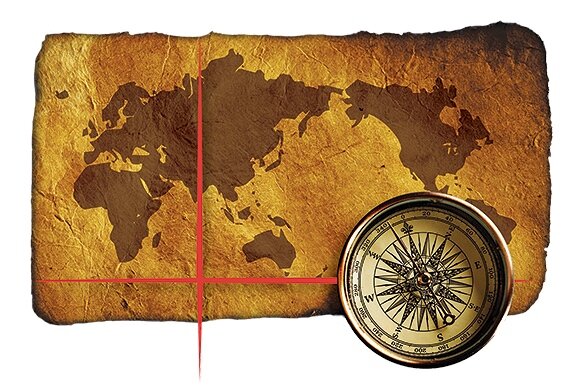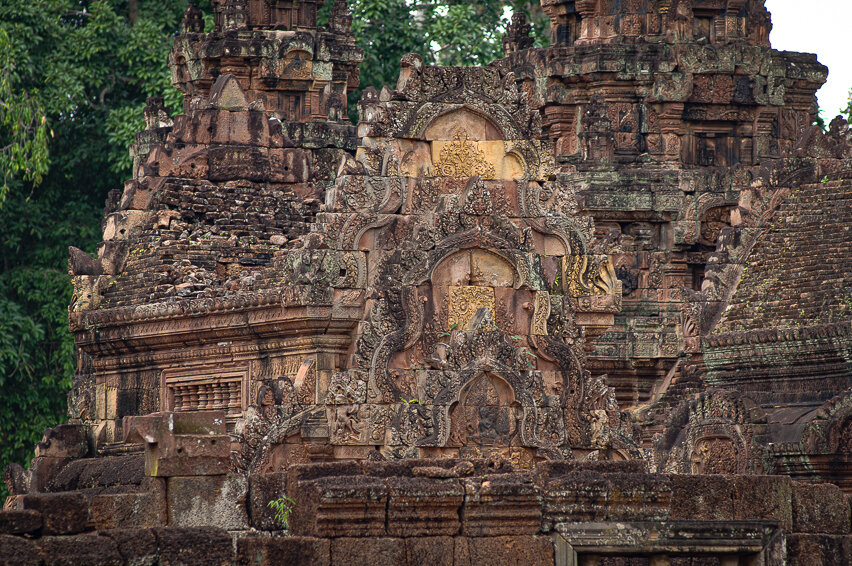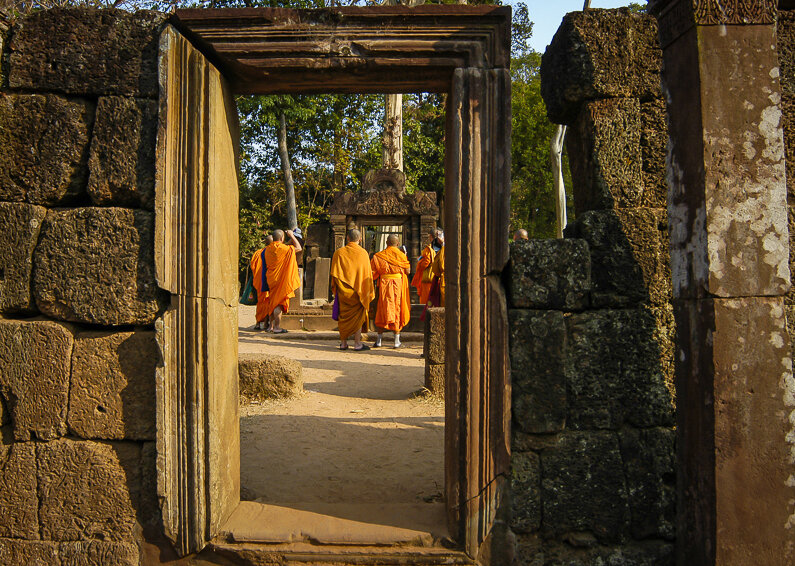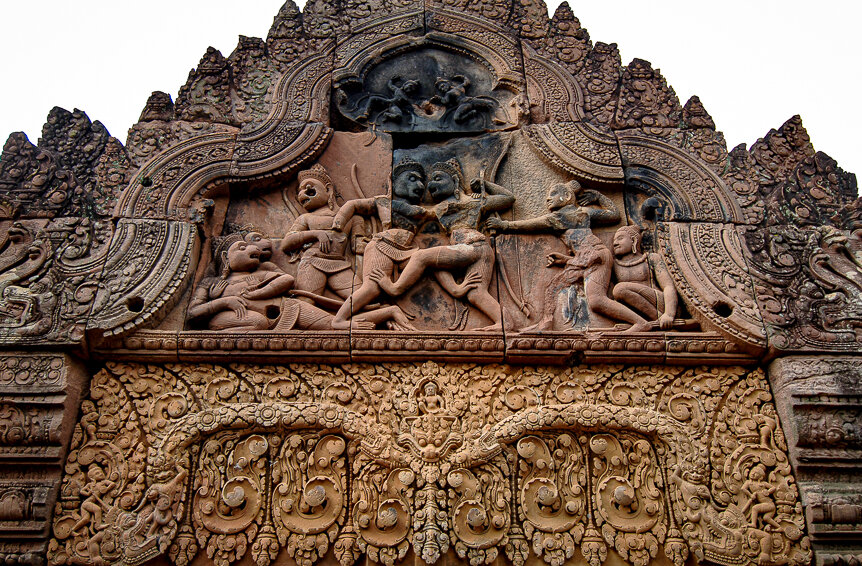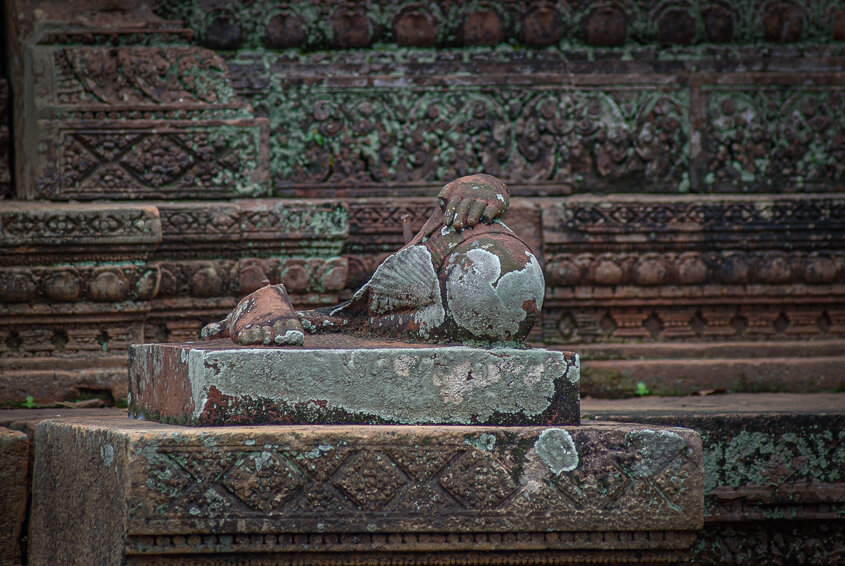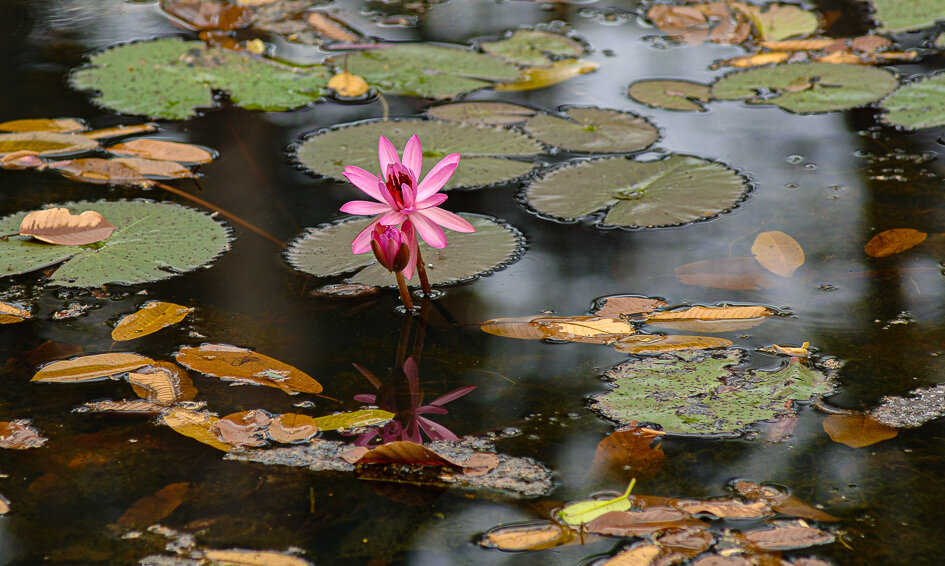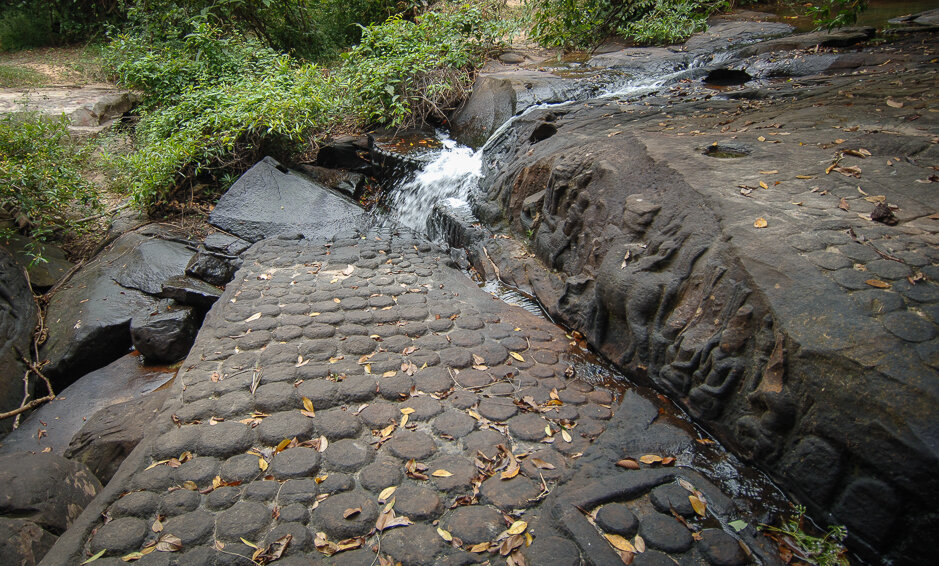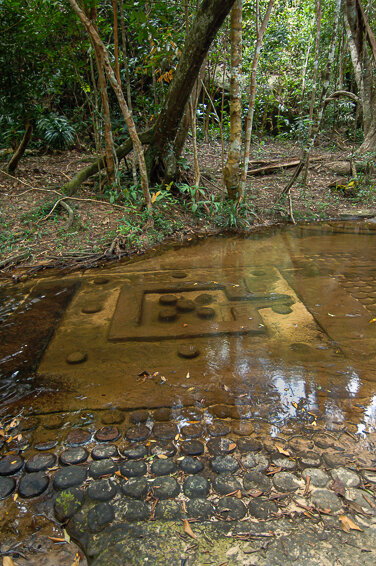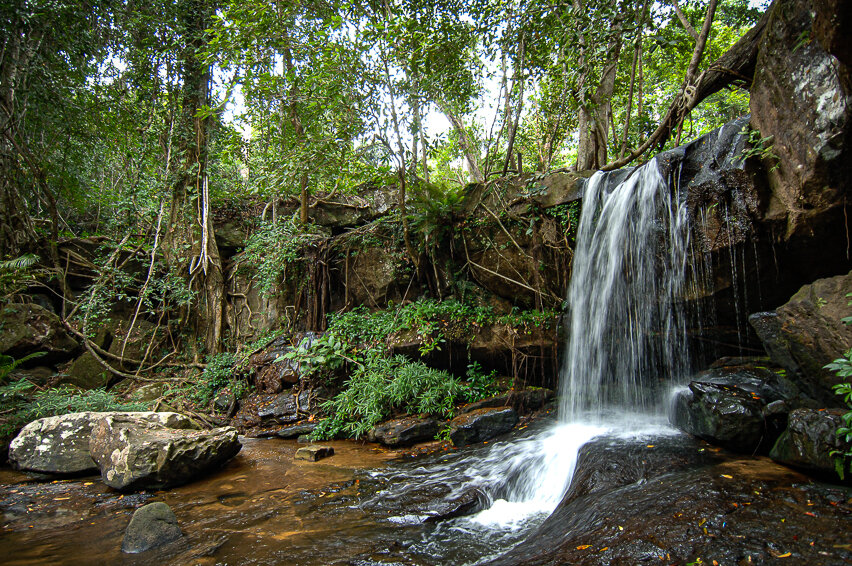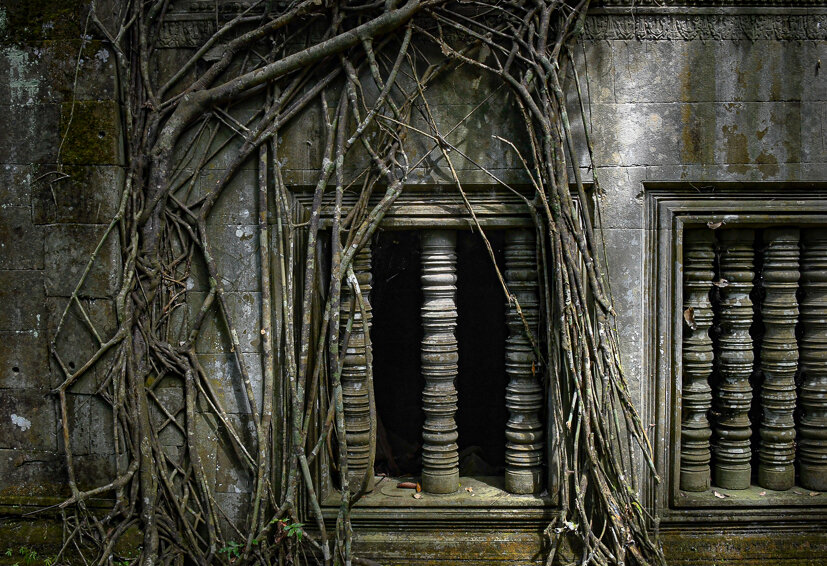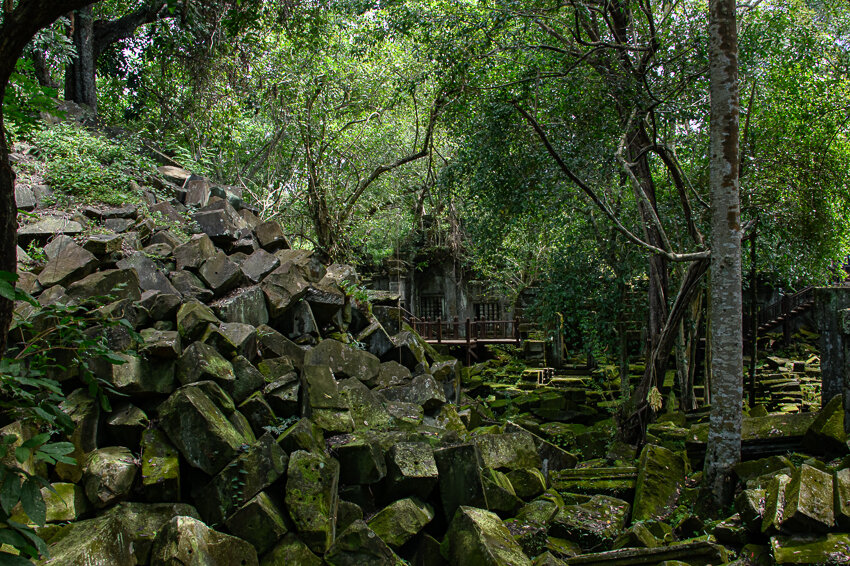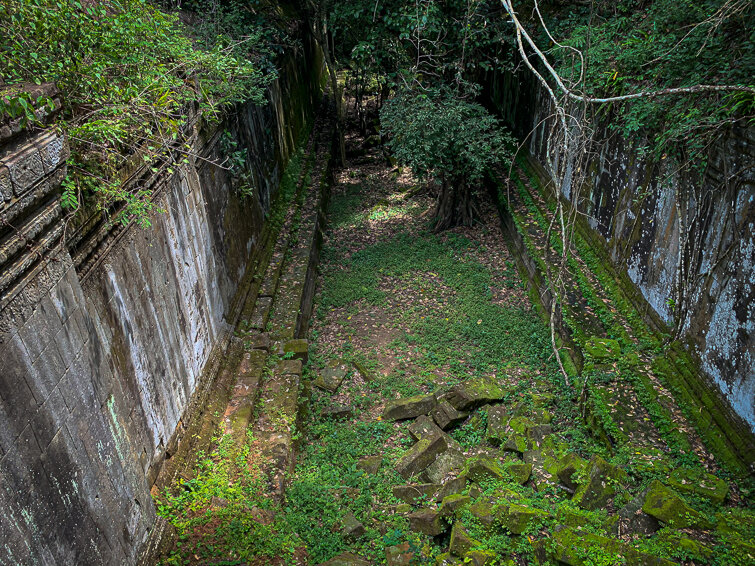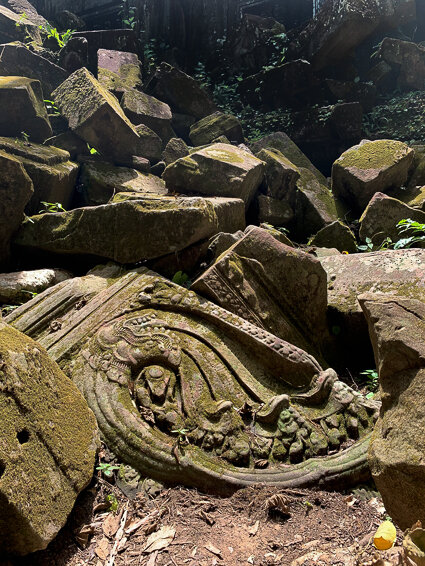ANGKOR'S REMOTE TEMPLES
The collapsed temple of Beng Mealea
There is no two ways, landing in Siem Reap, Cambodia means one thing. You are here to visit Angkor Wat. I have found over the years that many think Angkor Wat means the whole area and all the temples, basically that Angkor Wat is the overall site. Wrong.
The Apsara Authority, the Cambodian management group formed in 1995 responsible for protecting the Angkor Archaeological Park, estimates the overall number of temples inventoried at about 1067 temples, ranging in scale from a pile of brick scattered across a rice field to the actual Angkor Wat, the world’s largest single religious monument, spread out over 162 hectares and built around 1150 AD. So, once we have shown the size and the spread of the temples, our visitors always say the same thing…” I had NO idea…”
Other than the temples and the very cool little town of Siem Reap filled with so many art galleries and cool bars and restaurants, I make a point of designing a “day outside” of the main township to show what’s out there. Very soon we are in middle of farmland, villages with houses on stilts, chickens and pigs, palm trees and rice fields. And what I combine with a day spent travelling around in an old open top army jeep or a Lexus SUV air conditioned are 3 very interesting areas that show the extent of what Angkor was.
One of the forgotten and very seldom visited temple is Beng Mealea (meaning “lotus pond”), about 70 km from Siem Reap, mostly unrestored, its walls and towers burst apart with trees and creepers. While a wooden walkway guides visitors round the tumble-down structure and it’s a magical spot as very few bother to come visit. Little is known about the history of the temple and the attraction of a visit really lies in the atmosphere of mystery and exploration, rather than the historical and architectural intricacies of some of the other Angkorian sites. As a Hindu temple, it is thought to have been constructed around the same time as Angkor Wat. Due to its similarity in structure to Angkor Wat, Beng Mealea is thought to have been a prototype for the great temple? Many of the temple’s ornate features are found strewn across the temple floor where walls and columns have collapsed. The temple was likely the centre of a town, and it lies on the ancient royal highway.
Another very interesting early morning experience is a 45-minute walk uphill to Kbal Spean, a spectacularly carved riverbed, set deep in the jungle to the northeast of Angkor. the famous “River of a Thousand Lingas”, northeast of the Angkor site. These lingas (phallic symbols) were carved into the bedrock of the river so they could ‘fertilize’ the waters flowing down to the fields of Angkor and were re-discovered in the early 1970s. There are carvings of Buddha and Buddhist images in the rocks that were carved between the 11th and 13th centuries.
Close to Kbal Spean is also one of my favourite temples in all of Angkor. Banteay Srey is a 10th-century temple dedicated to the Hindu god Shiva. What sets this temple from all the others is the red sandstone, a medium that lends itself to the elaborate decorative wall carvings which are still observable today. The buildings themselves are also very small in scale, surrounded by a moat. The temple is widely praised as the "jewel of Khmer art” and it’s name means “citadel of the women”, or “citadel of beauty”. The temple was rediscovered in 1914 and was the subject of a celebrated case of art theft, when French minister of culture and author André Malraux stole four statues in 1923. (He was soon arrested, and the figures were returned) The incident stimulated interest in the site, which was cleared the following year.
So these 3 areas make for a full day out complemented with a nice picnic.
LITTLE KNOWN FACT:
The temple Angkor Wat is made of estimated 5.7 million stone blocks, each weighing 1.5 tons.
BEST MONTH TO VISIT:
Between November and May, the usual “dry” season.
Longitude 80 offers a full Cambodia itinerary including Angkor temples but also the capital Phnom Penh, the coast and the jungle. Contact us if you would like to start planning your Cambodia adventure for 2022 or 2023!
